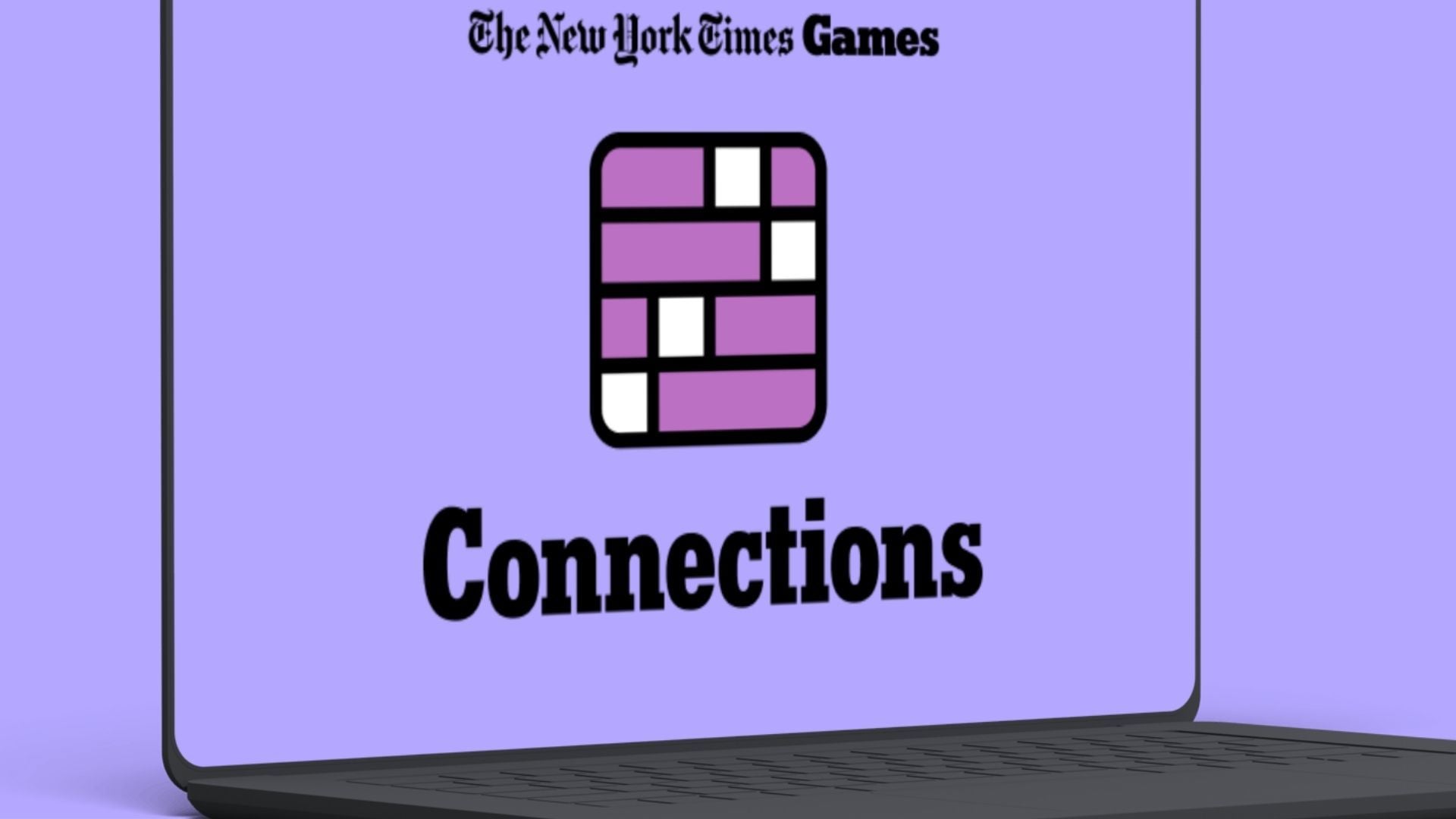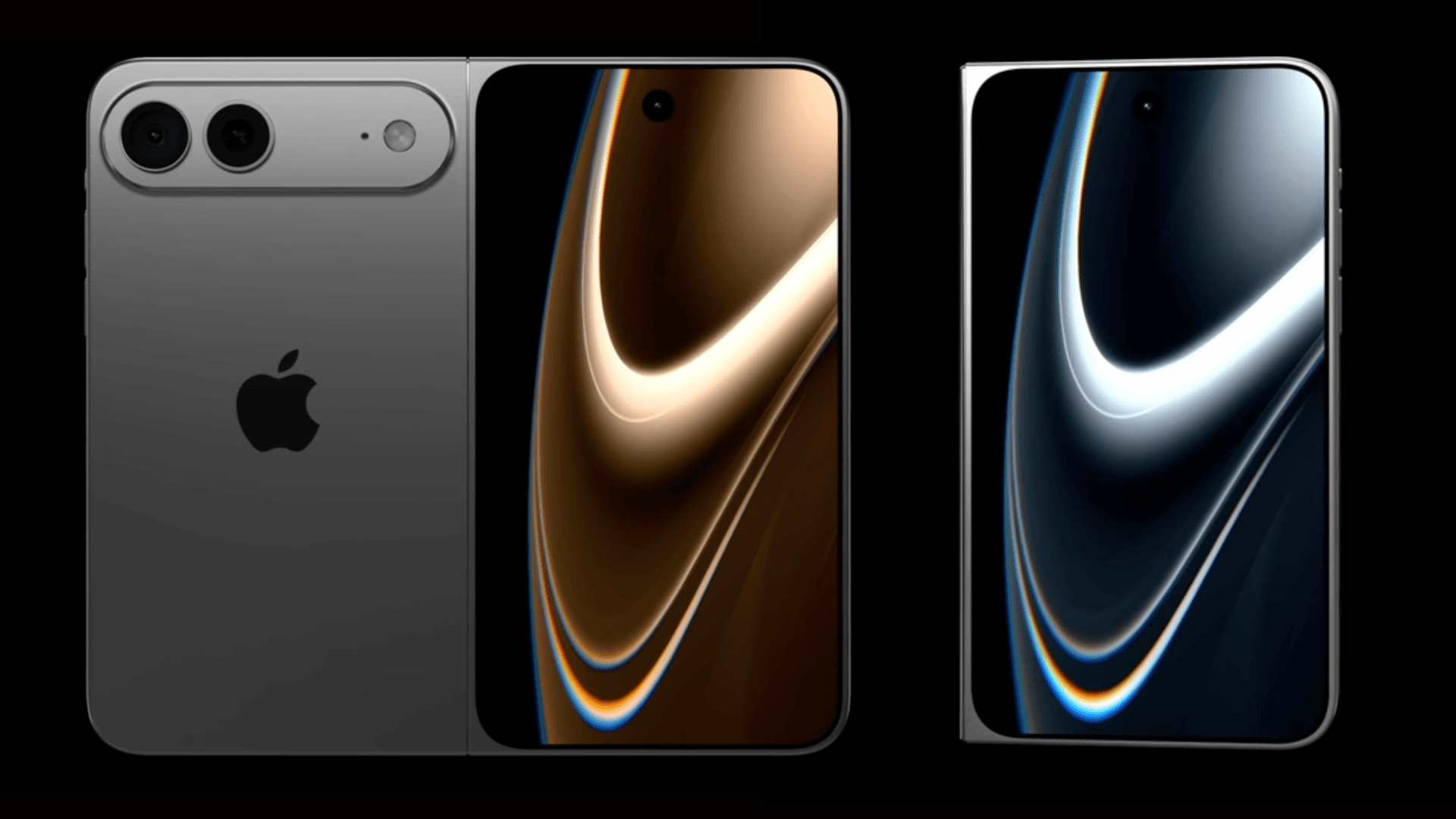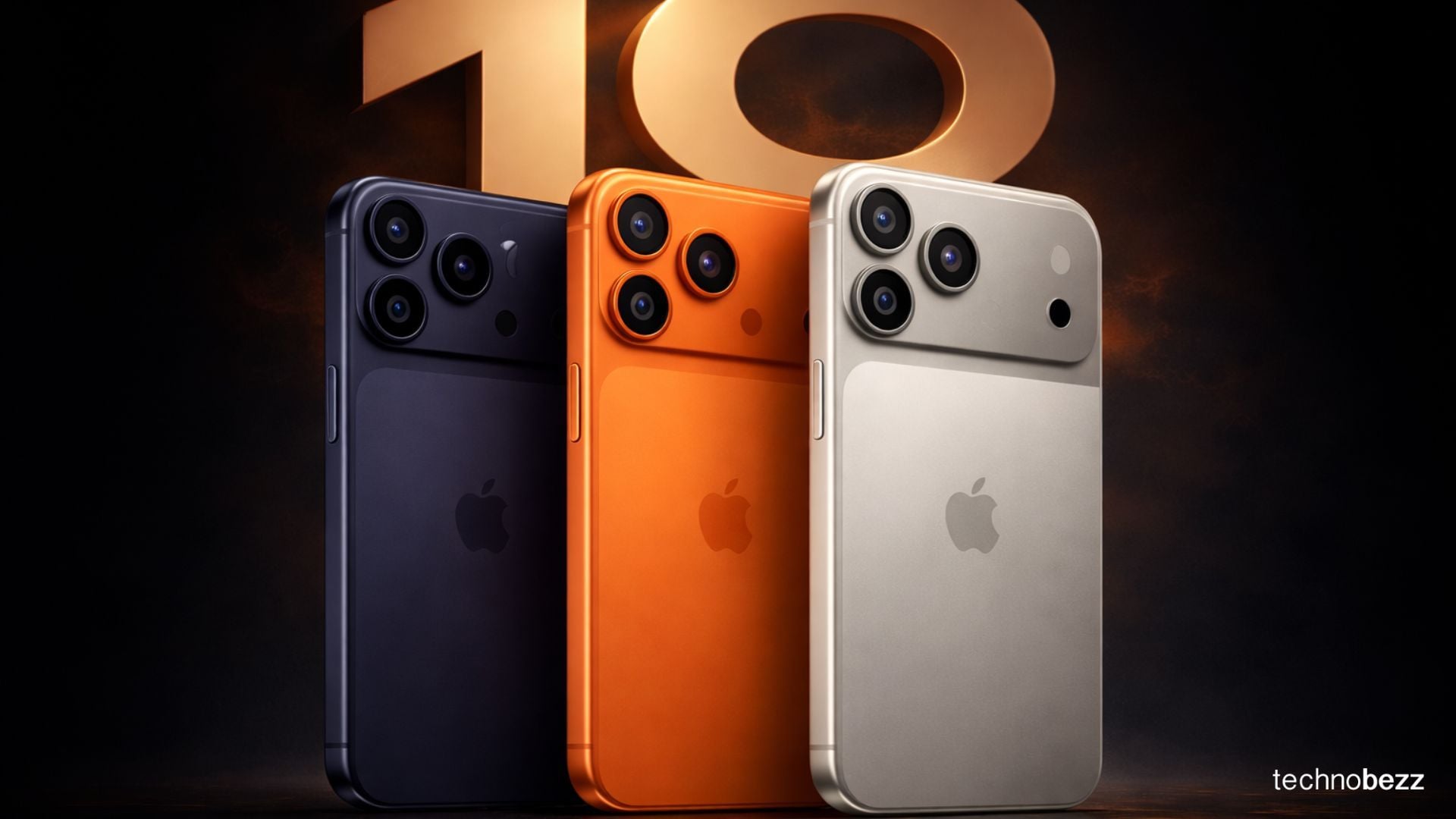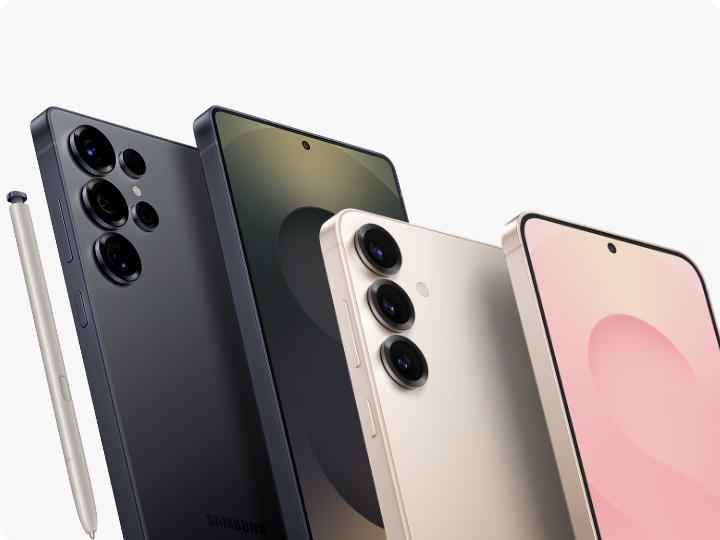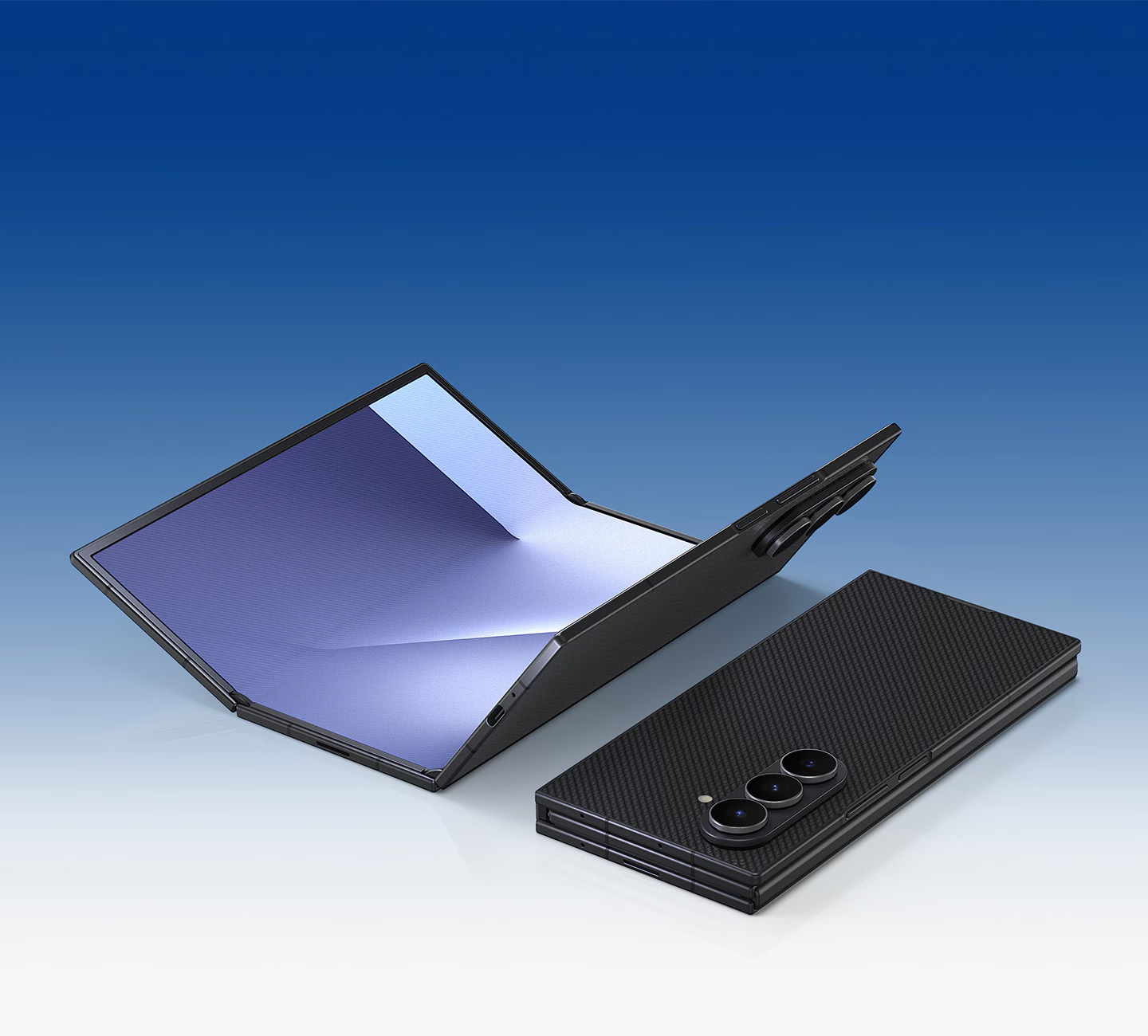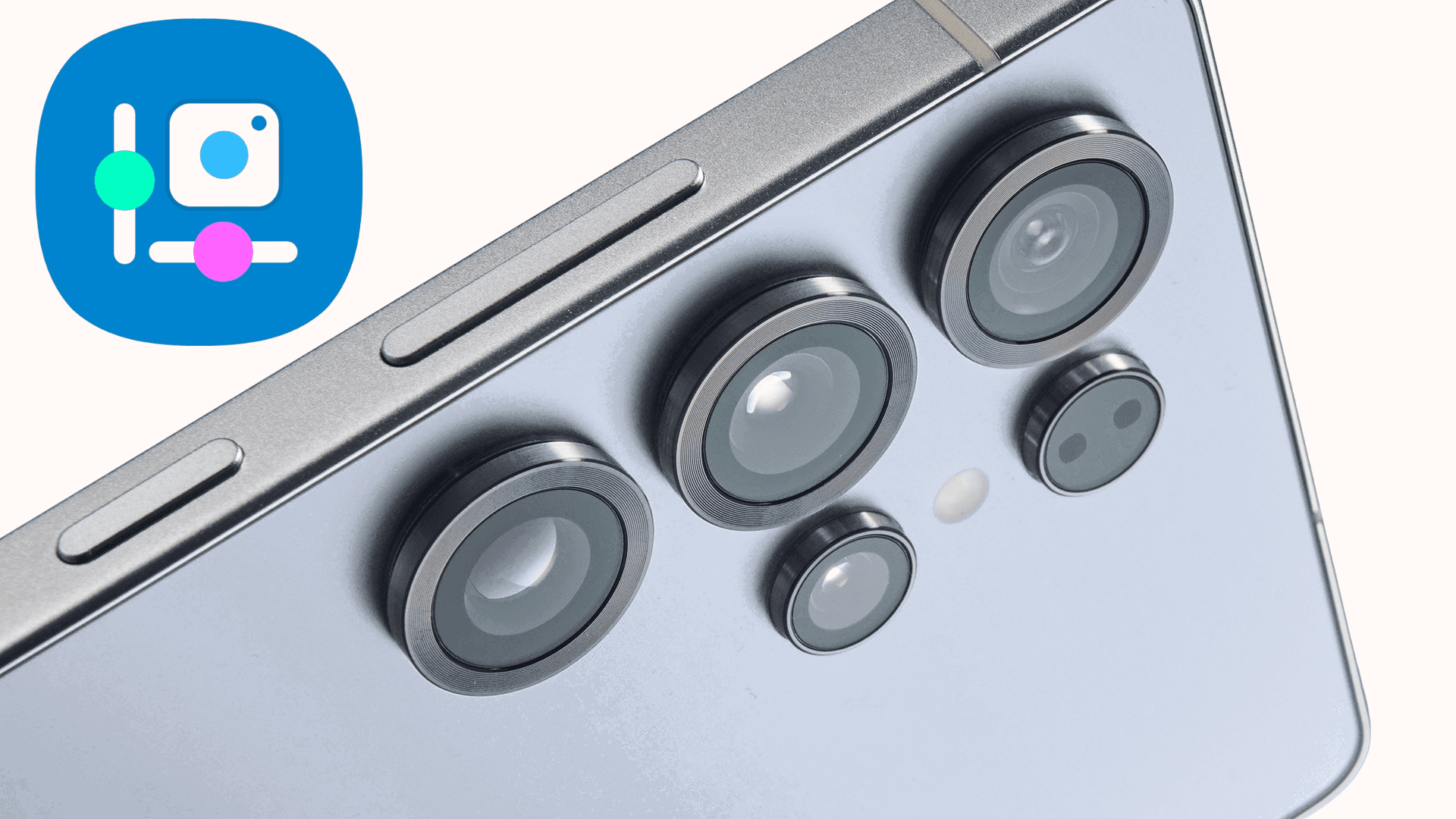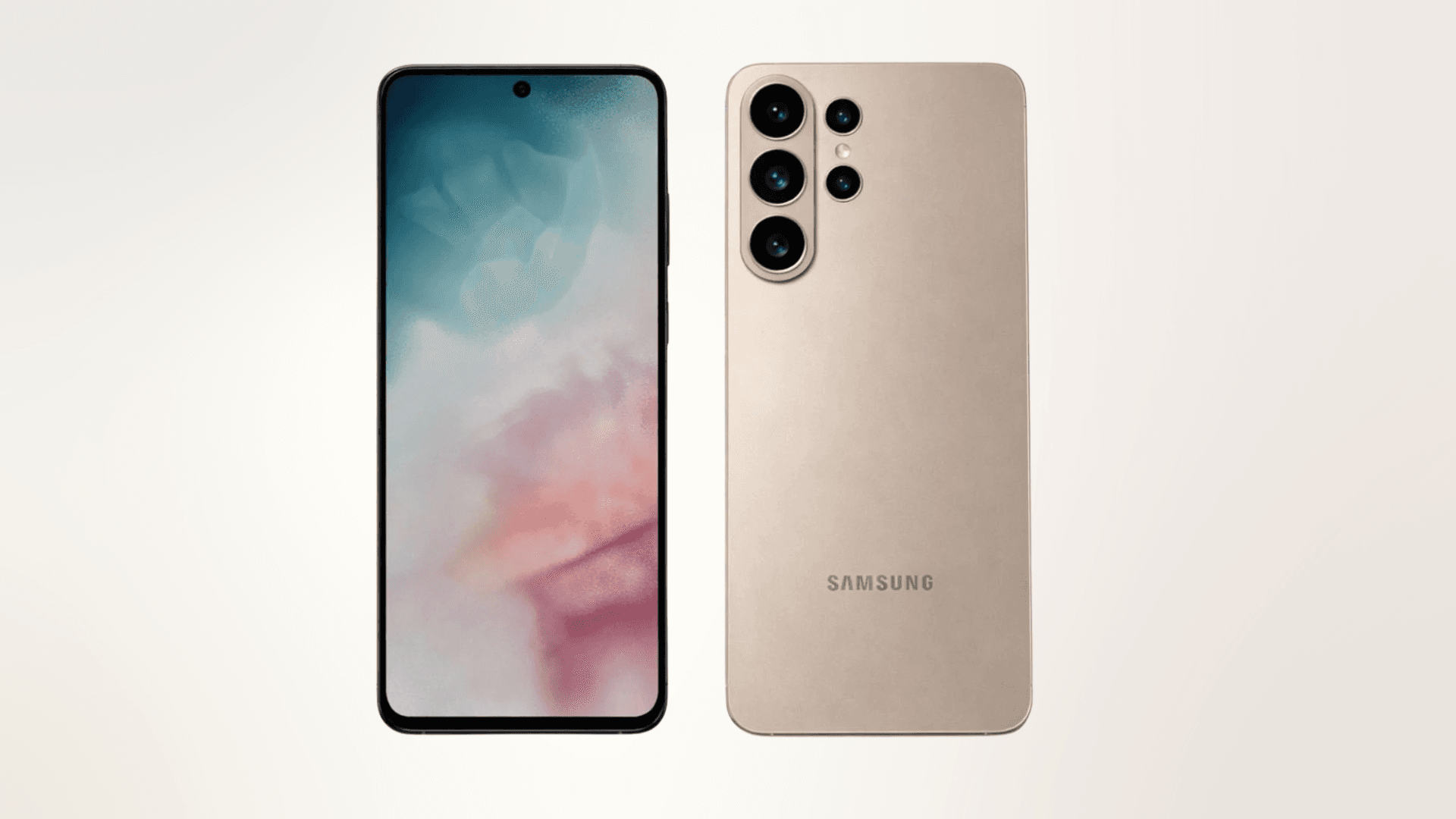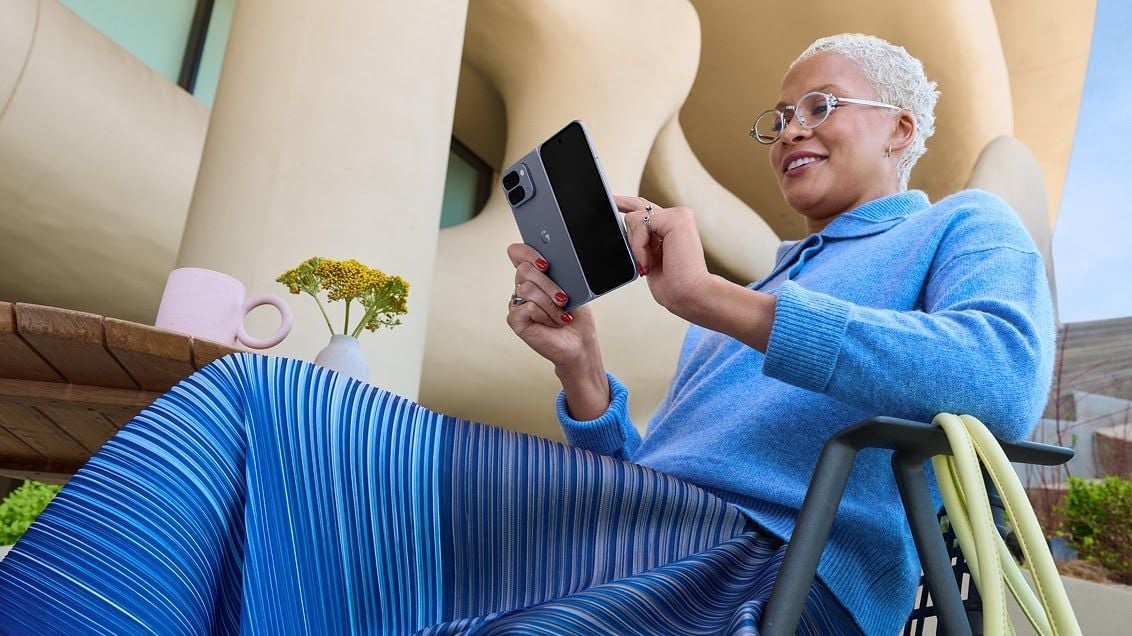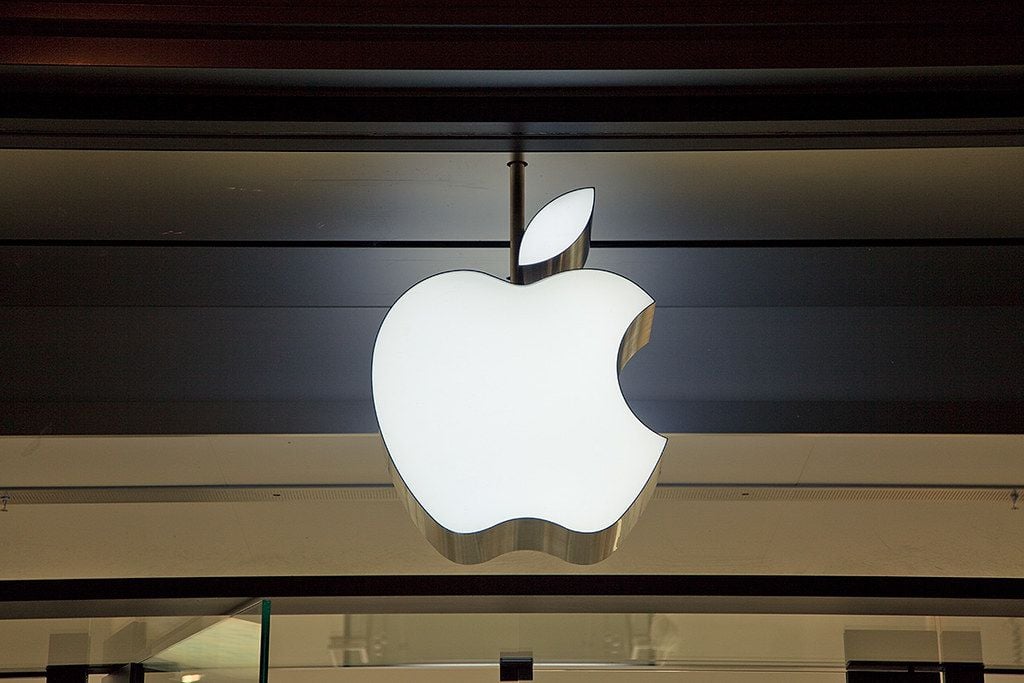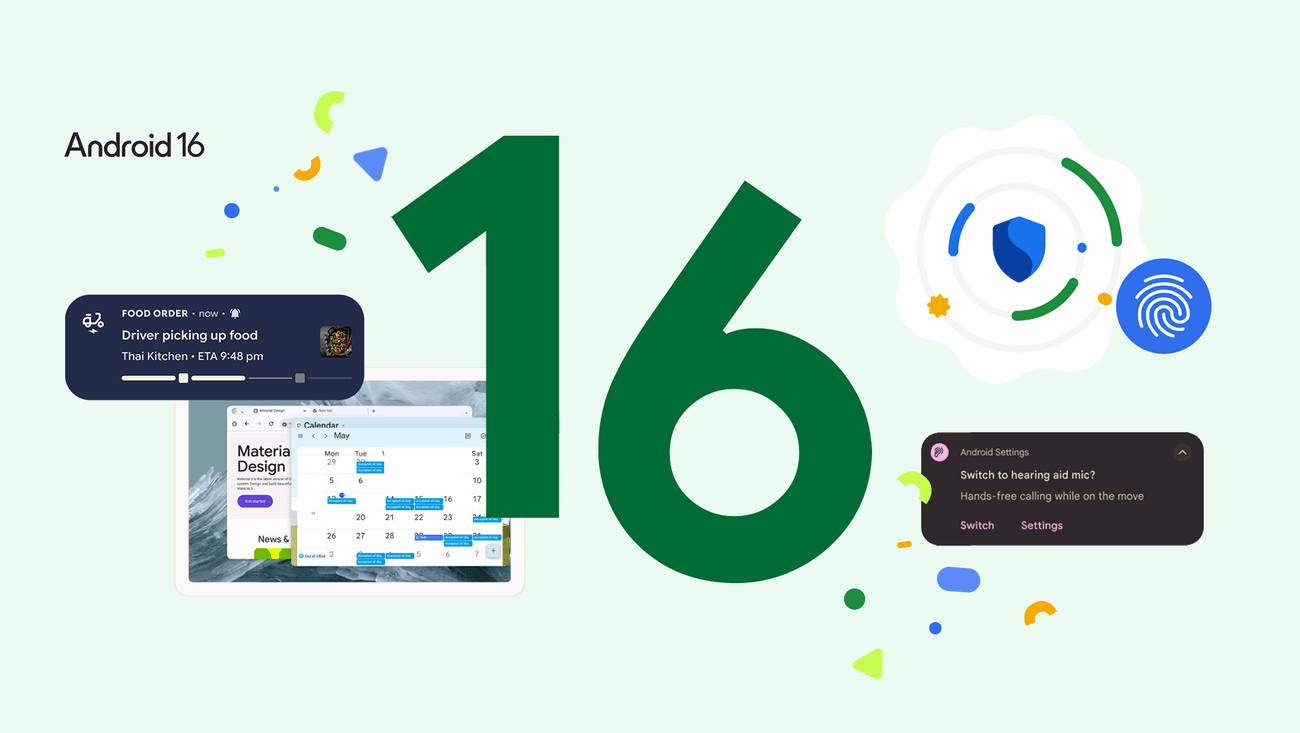Every tap, swipe, and pause you make on your phone creates a digital fingerprint more revealing than you realize. While you're scrolling through apps and making calls, algorithms are quietly piecing together remarkably accurate predictions about who you are - including your age - with unsettling precision.
Your device doesn't need to ask your birthday. It learns from patterns invisible to you but crystal clear to machine learning systems trained on vast datasets of human behavior. The way younger users text in rapid bursts may differ from how older adults compose more deliberate messages. Communication frequency, app usage style, and the rhythm of interactions can paint a detailed portrait that sophisticated profiling systems can decode.
Research from institutions studying mobile communication patterns reveals something startling: phones can predict demographic information with significant accuracy based purely on usage data. According to researchers analyzing mobile phone communication patterns, scientists analyzing anonymized call detail records found they could classify users into age groups with around 60 to 70 percent accuracy depending on the dataset and number of groups.
The technology works by identifying behavioral signatures that correlate with different life stages. Teenagers and young adults typically engage in high-frequency, short-duration communications with large social networks. They switch between apps rapidly and maintain multiple simultaneous conversations. Middle-aged users show more structured communication patterns - longer calls, more purposeful app usage, smaller but more consistent social circles.
These aren't random correlations. They reflect fundamental differences in how different generations interact with technology and each other. Where Gen Z might fire off dozens of quick messages throughout the day, Baby Boomers often prefer longer, more substantive phone conversations. Millennials fall somewhere between, mixing quick digital exchanges with periodic deeper communications.
Machine learning algorithms excel at detecting these subtle patterns across massive datasets. When researchers analyzed mobile phone usage from thousands of users, they discovered that communication patterns alone could reliably predict not just age groups but gender relationships between callers. The accuracy improved dramatically when combining multiple behavioral signals - call timing, message length, app usage sequences, and social network characteristics.
But the implications extend far beyond academic curiosity. These same pattern recognition capabilities power the advertising systems that determine which products you see, the content algorithms that shape your social media feeds, and increasingly, the AI assistants embedded in your devices. Every interaction teaches these systems more about you, refining their demographic predictions and behavioral models.
See also - Everything Google Knows About You (And How to Stop It)
The most sophisticated profiling happens entirely in the background. Studies show phones and apps can record things like typing cadence, scroll patterns, and other interaction data, though the extent of what commercial systems track in the background is less clear. These 'phoneotypic' characteristics, meaning patterns unique to how you interact with your device, can create distinctive signatures that reveal clues about demographic and behavioral traits
Consider how differently a 65-year-old and 16-year-old navigate the same social media app. The teenager might scroll rapidly, double-tap frequently, and jump between multiple conversations. The older user probably scrolls more deliberately, pauses longer on content, and engages more thoughtfully but less frequently. These behavioral differences become data points in vast profiling systems.
What makes this particularly concerning is the invisibility of the process. Unlike explicit data collection where companies ask for your age or demographics, behavioral profiling happens silently. You're not consenting to age prediction when you open your messaging app or check your email. Yet these everyday actions feed algorithms that build increasingly detailed models of who you are.
See Also - Can A VPN Really Keep You Anonymous? 10 Things You Need To Know
The technology has legitimate applications. Understanding user demographics helps developers create more accessible interfaces and relevant content. Healthcare apps can adapt to age-appropriate communication styles. Emergency services can prioritize responses based on user profiles. But the same capabilities enable unprecedented surveillance and manipulation.
Companies can target advertising with striking precision without asking directly about your age or income. They often infer these details from digital behavior patterns, building shadow profiles that can sometimes feel like they know you better than you know yourself. When these systems make mistakes - misclassifying someone's age or demographic category - the consequences can range from mildly annoying to seriously discriminatory.
Some studies suggest mobile phone usage patterns may help predict emotional states in limited research settings, though results vary and are not always highly reliable. This research shows how patterns in phone usage can reveal intimate details about users' psychological states and personal characteristics.
Your phone already knows remarkable things about you - your age, your likely income bracket, your relationship status, even your emotional state based on communication patterns. The question isn't whether this profiling happens, but whether we'll develop meaningful ways to control it.
Until then, every interaction with your device adds another data point to a digital profile more comprehensive than any survey you've ever filled out. Your phone isn't just a communication tool - it's a behavioral monitoring system that never stops learning about you.
If you enjoyed this guide, follow us for more.





